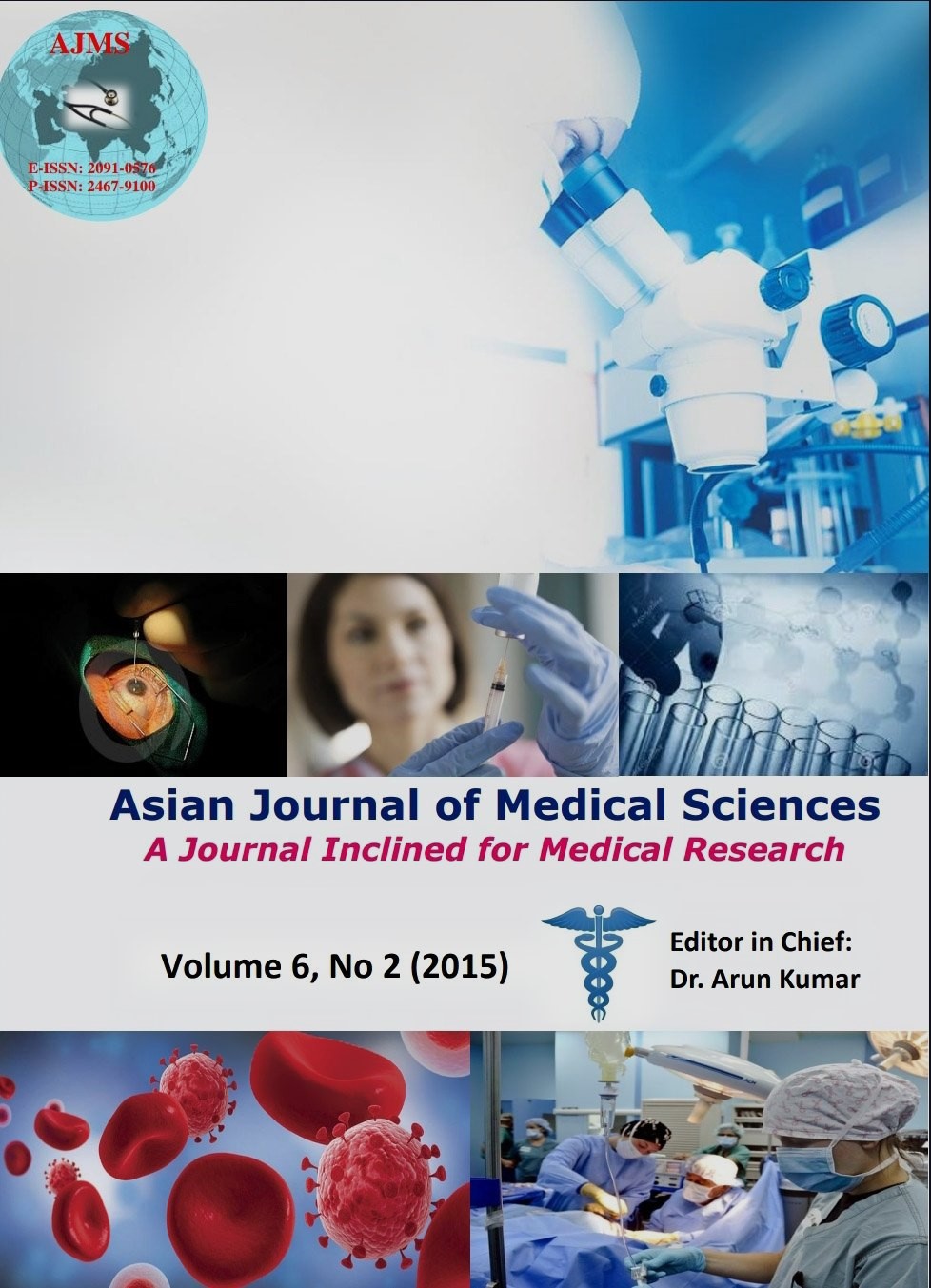The right hand second to fourth digit ratio (2D:4D) and its relationship with body composition indicators among young population
Keywords:
Endomorphy, Mesomorphy, Ectomorphy, India, Gender differenceAbstract
Objective: Study examined 2D:4D among young adults with an attempt to explore its relation to body composition indicators and somatotyping in Indian population.
Methods: 317 participants (190 women; 19-40 years), were examined for digit lengths, height, weight, skinfold thicknesses at various regions, and circumferences of chest, waist, hip, thigh and calf. Body somatotyping were calculated from measurements. Body composition indicators were compared among gender and whole study group between participants with 2D:4D<1 and 2D:4D>1.
Results: Height, weight, arm circumference and BMI were significantly higher among women with 2D:4D<1 as compared to 2D:4D>1; further mesomorphy enhanced with lowered 2D:4D. 3D scatter plot for percent body fat, waist-hip ratio and 2D:4D showed increased body fat with increase in 2D:4D among men. Positive relation emerged between waist-hip ratio and 2D:4D, revealing significant fat deposition at the waist-hip region among women.
Statistical analysis used: Two tailed independent sample t test was used to analyze the difference in parameters between men and women. The statistical significance level of p<0.05 was considered significant. Scatter plots were drawn with fitted lines for estimated means with marginal box plots.
Conclusion: Although gender is differentiated based on anthropometric characteristics and 2D:4D, digit ratio may have a modest role in understanding the body composition indicators in terms of association between lower 2D:4D with male type pattern of anthropometric indicators even among young Indian women.
DOI: http://dx.doi.org/10.3126/ajms.v6i2.10903
Asian Journal of Medical Sciences Vol.6(2) 2015 78-84
Downloads
Downloads
Published
How to Cite
Issue
Section
License
Authors who publish with this journal agree to the following terms:
- The journal holds copyright and publishes the work under a Creative Commons CC-BY-NC license that permits use, distribution and reprduction in any medium, provided the original work is properly cited and is not used for commercial purposes. The journal should be recognised as the original publisher of this work.
- Authors are able to enter into separate, additional contractual arrangements for the non-exclusive distribution of the journal's published version of the work (e.g., post it to an institutional repository or publish it in a book), with an acknowledgement of its initial publication in this journal.
- Authors are permitted and encouraged to post their work online (e.g., in institutional repositories or on their website) prior to and during the submission process, as it can lead to productive exchanges, as well as earlier and greater citation of published work (See The Effect of Open Access).




